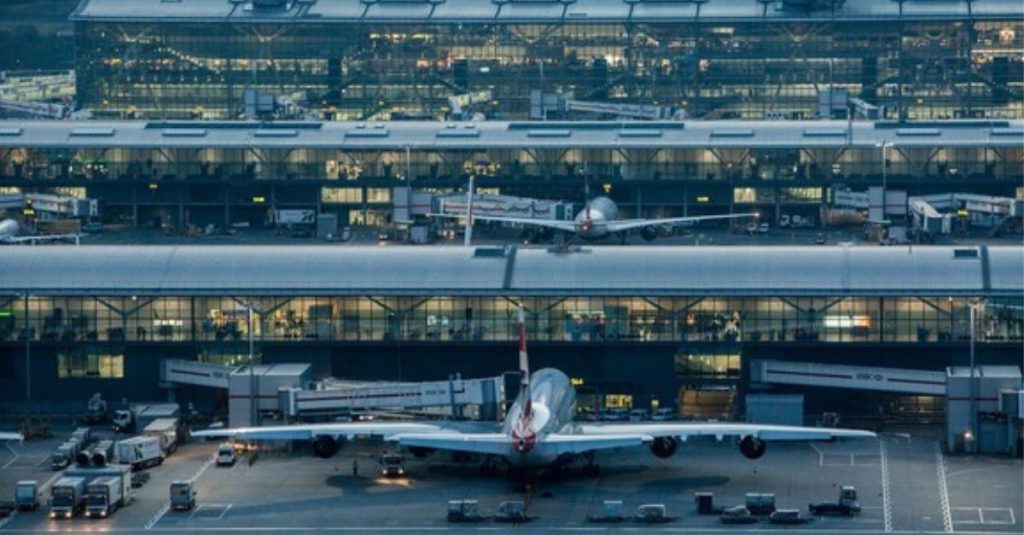European airports achieved a milestone by serving over 250 million passengers in August, showcasing resilience amidst various challenges. The surge reflects a robust rebound in air travel demand.
European airports experienced a significant rise in passenger numbers during the peak month of August, effectively reaching over 250 million passengers. Despite numerous challenges, such as geopolitical tensions and increased airfares, the overall passenger traffic grew by 5.6% compared to August last year. This remarkable recovery indicates a 2.3% increase over pre-pandemic levels in August 2019, as reported by ACI Europe.
Airports in the United Kingdom and France marginally missed full recovery, with UK airports experiencing a 0.4% decrease and France a 0.9% decrease. Nevertheless, Heathrow retained its position as Europe’s busiest airport, surpassing Istanbul, Paris Charles de Gaulle, Amsterdam Schiphol, and Frankfurt. This performance was predominantly driven by international travel, which saw a 7.1% rise, unlike domestic travel, which noted a slight dip of 0.2%.
Complex geopolitical environments have adversely affected certain regions. Airports in Ukraine have been at a standstill for 30 months due to ongoing military conflicts. Russian airports saw a downturn of 12.9% in passenger numbers, while Israeli airports reported a significant drop of 43.5%. These figures remain significantly below pre-pandemic levels, highlighting the profound impact of current geopolitical tensions.
While international traffic surged, the domestic aviation sector experienced stagnation. The increasing disparity highlights changing travel dynamics and consumer preferences, further complicating recovery efforts. Structural challenges persist, necessitating targeted solutions and policies to facilitate continued growth and adaptation to evolving market demands.
Germany and Latvia’s airports too faced setbacks, registering declines of 13.4% and 11.1% respectively. The mix of geopolitical factors, along with market-specific issues, has thwarted potential recovery opportunities for these nations, indicating a complex interplay of influences impacting regional aviation prospects.
Jankovec pointed out the crucial need for enhanced policies at both the EU and national levels to support aviation decarbonisation processes. He stressed an urgent call for solutions addressing issues such as the passenger cap at Dublin Airport and concerns about France’s proposed additional aviation taxes.
Ensuring resilience against unforeseen disruptions, such as geopolitical or economic shifts, requires concerted efforts from policy-makers, operators, and stakeholders within the aviation sector. Collaborative actions will define the trajectory of the industry, aiming for sustainable recovery and long-term success.
The performance of European airports during the summer peak month reflects a commendable recovery in passenger volumes, driven by international demand. However, challenges remain, underscoring the need for strategic approaches to navigate the evolving aviation landscape.
The remarkable recovery of European airports signifies a renewed trust in air travel, propelled by international demand. Yet, addressing geopolitical and economic challenges remains crucial for sustainable growth.

